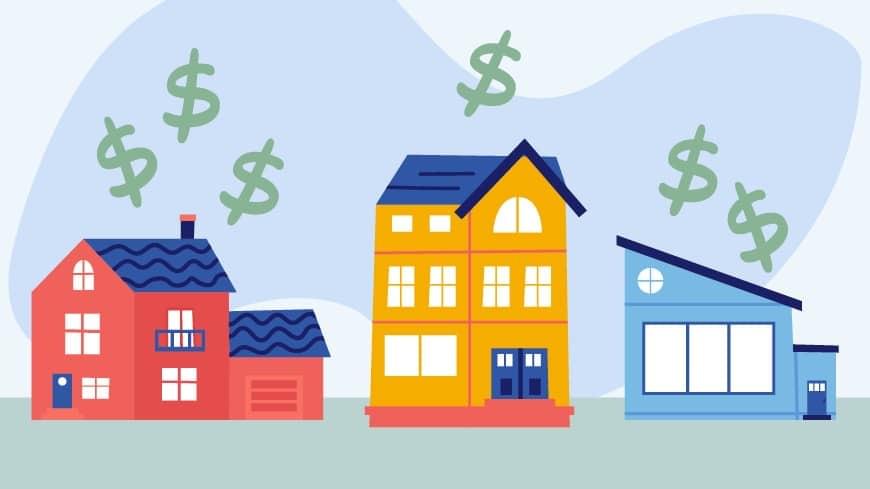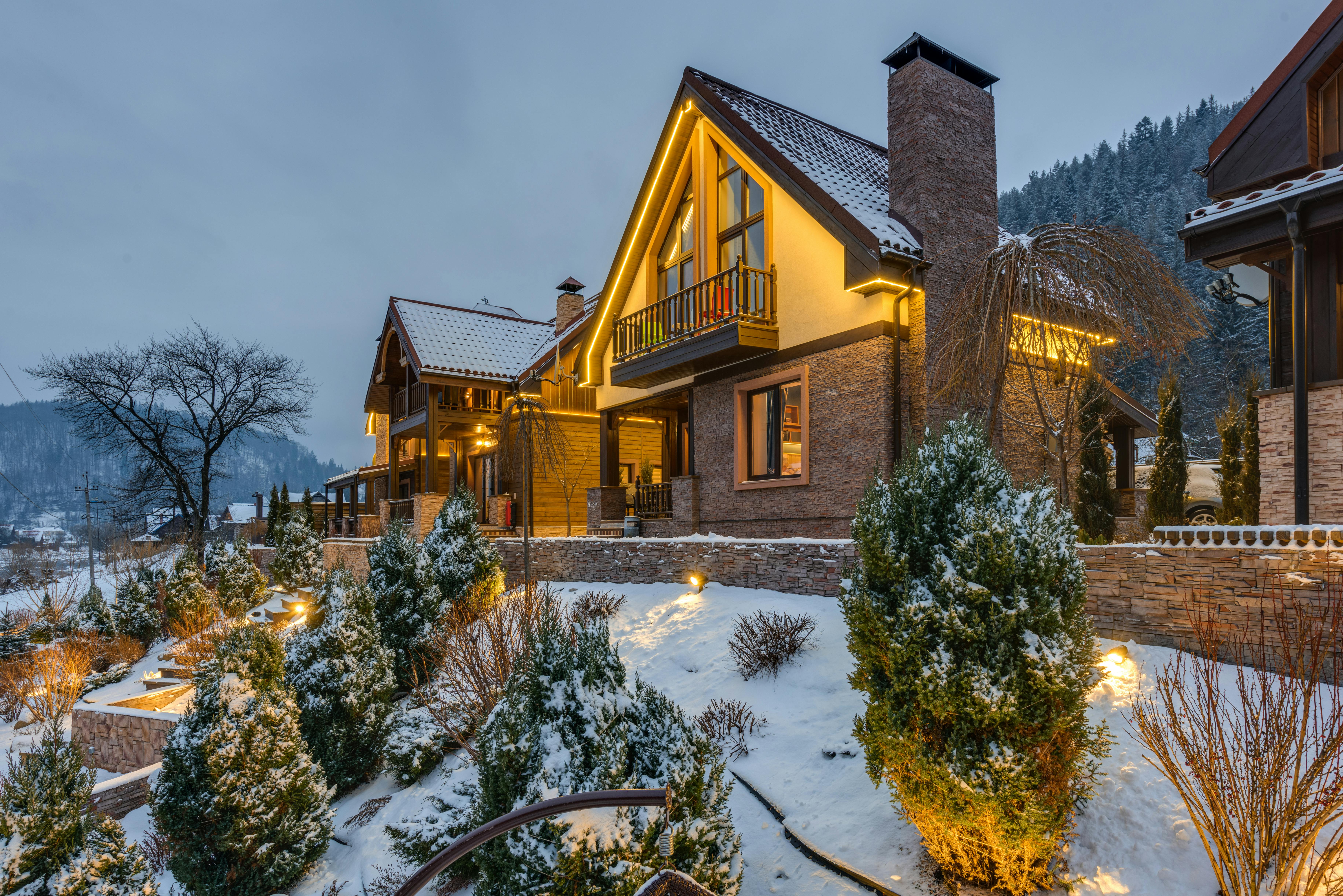Our Favorite Metric for Comparing Home Price Across Cities

Price per square foot helps you think about lifestyle
Home ownership looks vastly different across American cities. In one city, a middle-income earner can afford a four-bedroom home with a yard. Across state lines, they barely have the funds for a two-bedroom condo. It will never be a level playing field.
When you set out to buy a home, assuming you don’t have unlimited funds, there’s an almost unavoidable trade-off to contend with. In more desirable cities, supply, and thereby space, is scarce. When space is scarce, your money typically buys less of it.
So, do you want more space or do you want to be in a highly desirable location, such as Los Angeles, New York or Boston? Young couples or singletons currently renting might think about this now before they have to put down roots.
Try not to get hung up on price when you’re house shopping. Homes in San Francisco are going for how much?! Right now, $1.4 million, according to Realtor.com. But the sticker price can only tell you so much about the home’s value.
Check out the price per square foot
When comparing cities — or even neighborhoods — you might find the price per square foot to be another helpful metric. You can find it listed on most real-estate databases.
Take your budget, say $500,000, and divide it by the median price per square foot in that market (there’s some variation among real estate market data tools, so cross-check with Zillow, Redfin, Realtor.com, et al. for good measure). Try to stick with the median list price, rather than the average, as it represents the middle of the market. Averages can be skewed heavily by a few outlandish prices.
For half a million bucks in Dallas, you could snag a 2,232-square-footer, a decent-size home, based on Realtor.com’s data. In Seattle, $500,000 will buy you much less — about 936 square feet. But maybe the school system, local attractions, and outdoor amenities are what you’re after, so you’re willing to compromise on space. Or head south to the Seattle suburb of Auburn and you could get a home double the size.
Say your budget is flexible, and you’ve decided your family needs at least 2,000 square feet of living space. To buy a home in Atlanta, you’d pay around $252 per square foot, or $504,000 total. The price of a home in Philadelphia is cheaper still: You can get the same-size house for $398,000.
Comparing different cities
Take a look below at the median price per square foot in some of the most popular cities, sourced from Realtor.com. The database does not differentiate between single-family homes and other types of residential properties, so view these figures as a reference point and not the be-all and end-all.
In Chicago, the median price per square foot is $249.
Median home listing price: $349,700
Median square footage: 1,404
In Phoenix, the median price per square foot is $254.
Median home listing price: $415,000
Median square footage: 1,634
In Miami, the median price per square foot is $329.
Median home listing price: $450,000
Median square footage: 1,368
In Washington D.C., the median price per square foot is $548.
Median home listing price: $629,000
Median square footage: 1,148
In San Diego, the median price per square foot is $588.
Median home listing price: $799,000
Median square footage: 1,359
In Los Angeles, the median price per square foot is $622.
Median home listing price: $950,000
Median square footage: 1,527
In Boston, the median price per square foot is $710.
Median home listing price: $799,000
Median square footage: 1,125
In New York, the median price per square foot is $723.
Median home listing price: $865,000
Median square footage: 1,196
In San Francisco, the median price per square foot is $1,000.
Median home listing price: $1.3 million
Median square footage: 1,300
Are you getting a good deal?
Use price per square foot to compare what you could get across and within cities. Compare the price per square foot of recently sold homes in the immediate area to the home you’re looking at. Are you getting a good deal or overpaying?
If you don’t mind a commute into the city center for work — or you’re part of the work-from-home forever crowd — check out how the price per square foot in your desired location compares to the suburbs and exurbs.
Like any housing metric taken on its own, price per square foot isn’t perfect. A newly built single-family home may command a higher price per square foot than a 50-year-old home of the same size, even in the same city. Plus, lot size isn’t factored in here.
Remember, too, that sometimes it’s about how the space feels. You might find you enjoy a 1,200 square-foot home with an open floor plan, and wind up feeling trapped in a 3,000-square-foot home that isn’t up to date.




